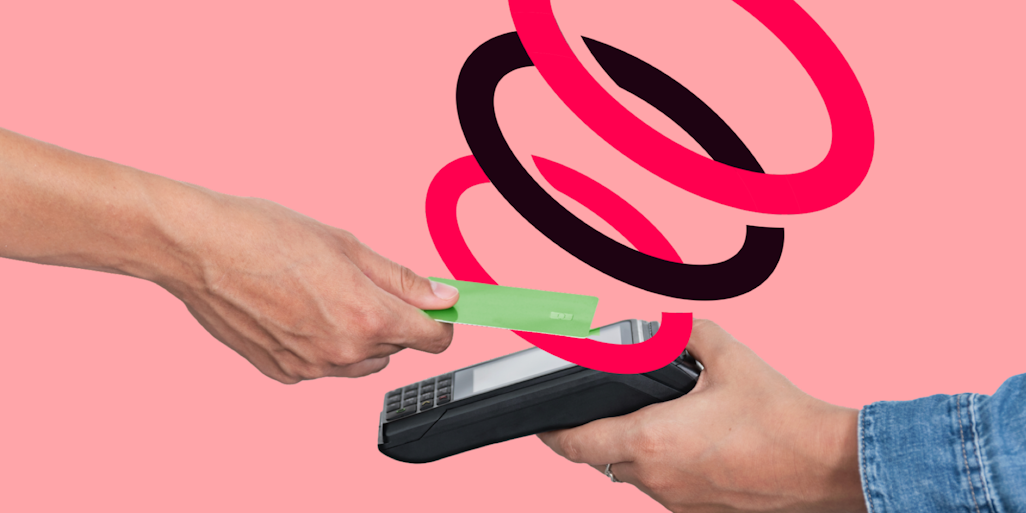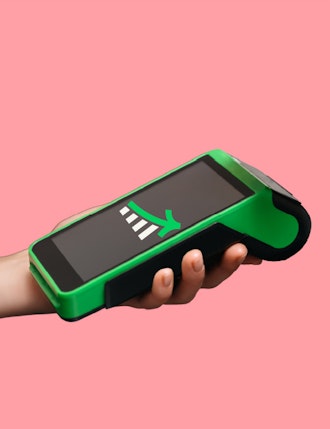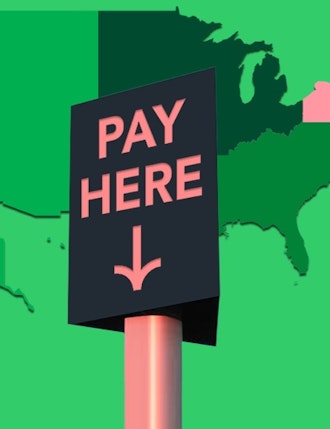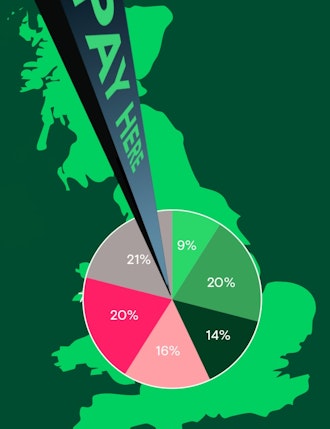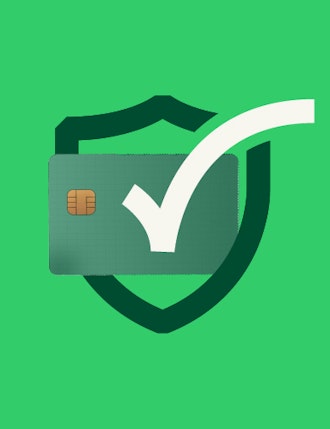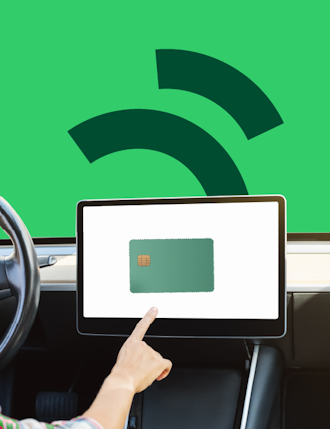What is mPOS?
‘mPOS’ refers to mobile point of sale devices. These may be dedicated payment devices, or even smartphones or tablets enabled to take payments. Juniper research predicts that mobile point of sale devices will account for almost 1 in 4 point of sale transactions by 2023.
The popularity of card transactions is contributing to the growth in mPOS use. Consumers now expect retailers to be able to accept their preferred payment method. If they realise a merchant is cash only, they are more likely to go somewhere else than to go and get cash out. SMEs are quickly realising they need to modernize their payments acceptance. An mPOS device may be the answer.
What’s the difference between POS and mPOS?
The The flexibility of a mPOS is a huge benefit. Take payments from wherever you wish, as opposed to having one payment desk where long queues can form. You could provide each staff member with their own mPOS, enabling them to go to the customer instead of the other way around. If you run a mobile business, then you will finally be able to move away from cash to card acceptance. For example, window cleaners, mobile food vendors or delivery vans would all benefit from an mPOS. As consumers start to carry cash less and less, it’s important that merchants also become less reliant on this dated payment method. An mPOS solution can also help to diversify revenue streams. Hosting pop up shops or attending events just got a whole lot easier as you can simply take your mobile device with you. mPOS devices will also typically take up a lot less space than your traditional cash register. Freeing up room for product promotions. Any merchant will know that sinking feeling you get when you open the cash register and see there is no change left for the customer waiting right in front of you. With mPOS, this feeling is a thing of the past.Benefits of mPOS
How to help merchants move from cash to mPOS
It’s one thing to understand that mPOS could be beneficial for your business, but it’s another to implement it and begin using one in your day-to-day business. Implementation can be helped by making sure you choose a provider that offers support services.
Here are some first steps to consider that can give you a head start:
- Connection – As these devices are not hard wired, you’ll need to be able to access Wi-Fi or another mobile network to take payments.
- Training – Although mPOS devices are user friendly, you’ll need to have some time set aside and a training plan for any staff that will be using them.
- Security – make sure your solution provider has the correct security credentials and is PCI DSS compliant.
mPOS solution case study
Rabobank, one of the largest banks in the Netherlands with more than 60,000 merchants, needed a solution to simplify the payment process for their small and mid-size enterprises (SMEs). Since 2016 Aevi and Rabobank have collaborated to revolutionize the Dutch payments market with two propositions: Rabo SmartPin & Rabo PinBox. Check out the details of this “low entry” payment solution, specifically for SMEs that is easy to use and cost-efficient.
References:
